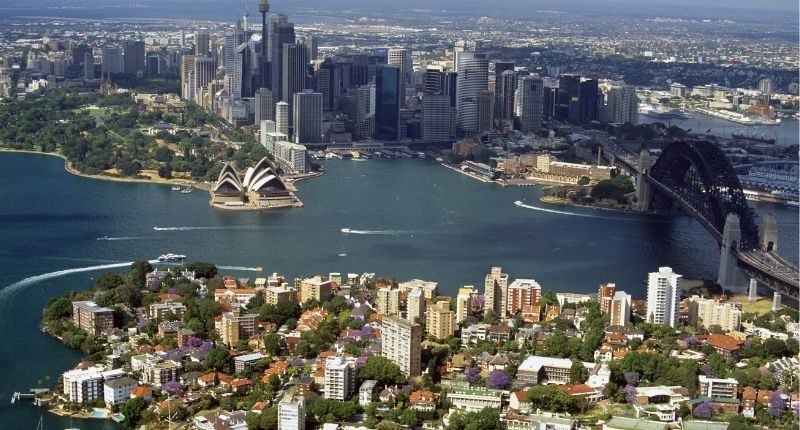- In five years the national housing market is expected to be short 106,300 dwellings.
- The addition of granny flats across three capital cities could ease supply deficit.
- Sydney has the largest opportunities for granny flat developments.
The housing crisis in Australia continues unabated, with issues such as land scarcity and interest rate rises contributing to the scale of the problem.
Other impediments to homeownership, such as home prices far outstripping wage growth, have further compounded the crisis.
Supply issues especially remain a thorny challenge across the country; Perth’s property market is struggling mightily with this, as property listings on REIWA fell to a 13-year low in June.
Moreover, the national vacancy rate has dropped to a record low of 1.1%.
CoreLogic research director, Tim Lawless, said the National Housing Finance and Investment Corporation (NHIC), forecasts the national housing market is likely to be undersupplied to the tune of 106,300 dwellings over the next five years.
However, the addition of granny flat units to dwellings across Australia’s three largest capital cities could go some way toward easing the housing shortage.
“For policy makers and government, granny flats present an immediate and cost-effective opportunity to deliver much needed housing supply within existing town planning guidelines.”
Tim Lawless, CoreLogic research director
“For homeowners, the addition of a second self-contained dwelling provides an opportunity to provide rental housing or additional accommodation for family members, while at the same time, increasing the value of their property and potentially attaining additional rental income.”
Archistar co-founder, Dr Benjamin Coorey, said granny flats present a cost-effective opportunity to boost housing supply for growing capital populations close to existing infrastructure such as railways, bus routes, and major road networks for state and local governments.
“While building regulations for secondary dwellings differ state to state, this unlocks a combination of accessibility and opportunity to fast track affordable housing options for all demographics, particularly essential workers in industries such as the health care sector,” he said.
Archistar, Blackfort, and CoreLogic have assessed every residential block across Sydney, Melbourne and Brisbane to ascertain how many individual properties have building potential for a self-contained two-bedroom unit.
Sydney’s results
Lawless gave a dire forecast for Sydney’s supply, and said that Sydney’s household formation is forecast to outpace supply from 2025, with the most significant undersupply expected to persist until 2026 at a deficit of 15,900 dwellings.
Sydney is home to the most granny flat development opportunities, however, with 242,081 existing residential dwellings fitting the zoning, land area, and existing home position requirements to build a granny flat, according to the analysis.
The top five council regions for the most granny flat development opportunities were found to be:
- The Central Coast (41,569/17.2% of all potential sites).
- The Northern Beaches (19,884/8.2% of all potential sites).
- Hornsby (18,344/7.6% of all potential sites).
- Blacktown (17,909/7.4% of all potential sites).
- Ku-Ring-Gai (14,617/6.0% of all potential sites).
Melbourne’s results
Although Sydney’s supply outlook is not fortuitous, Lawless said Melbourne’s is set to be even worse.
“Melbourne is expected to face a major housing shortage from 2023 to 2027, with a deficit of 23,800 dwellings, which is nearly twice the anticipated shortfall of 12,100 new dwellings in Sydney during the same period,” he said.
Within Melbourne’s broad regions, the municipalities for the most potential for numerous granny flat development sites were:
- The Mornington Peninsula (23,870/10.4% of all potential sites).
- Casey (16,861/7.4% of all potential sites).
- Monash (13,960/6.1% of all potential sites).
- Knox (13,741/6.0% of all potential sites).
- Manningham (13,063/5.7% of all potential sites).
Brisbane’s results
As a point of difference from the other two capital cities, Lawless said Brisbane’s housing supply shortfall is more imminent at a housing supply deficit of 3,100 dwellings this year.
The top five Brisbane suburbs with the highest potential for granny developments were:
- The Gap (2,986/48.8% of all potential sites).
- Alexandra Hills (2,789/46% of all potential sites).
- Redbank Plains (2,479/30.3% of all potential sites).
- Albany Creek (2,378/44% of all potential sites).
- Rochedale South (2,215/42.3% of all potential sites).








